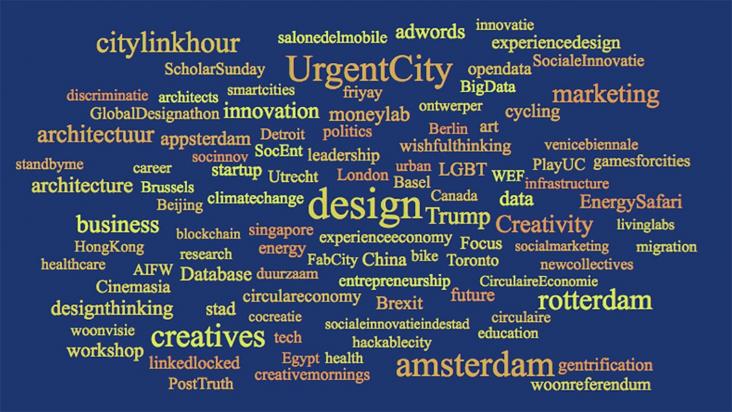The inclusion of people with intellectual disability in cultural and civic activities is an important point for discussion, particularly in the context of supporting the social sustainability of our l
Children with disabilities in Ontario, Canada have their right to equal access to education protected by the 1990 Ontario Human Rights Code and the 1990 Education Act.
Since the 1980s, the industrialization and urbanization of the Beijing area has entered a period of high-speed growth.
Along with the impact of energy structure adjustment as well as the coal resource exhaustion in the old mining region, the deformation over the abandoned mine region has severely restricted both the r

We investigate the role of creative skilled migrants in broadcasting an alternative use of technology in support of a sustainable smart city.
Urban regions in sub-Saharan Africa are growing significantly more rapid than their also growing rural counterparts.
The review examined the potential of renewable and non-renewable energy resources and the current state of exploitation in Kenya.
This study assesses whether the negative exogenous informational shock of the MeToo scandal has affected women's perception of security.
The health impacts of the climate crisis demand that health systems adapt their practices and mitigate their carbon emissions. Contributing to SDGs 4, 11 and 13, this article argues that health services and policy research (HSPR) is crucial for the transformation of these systems.
The goal of this review is to highlight the implications of climate change on the health of Karachi residents and actions which need to be undertaken for the betterment of future environmental policies.
